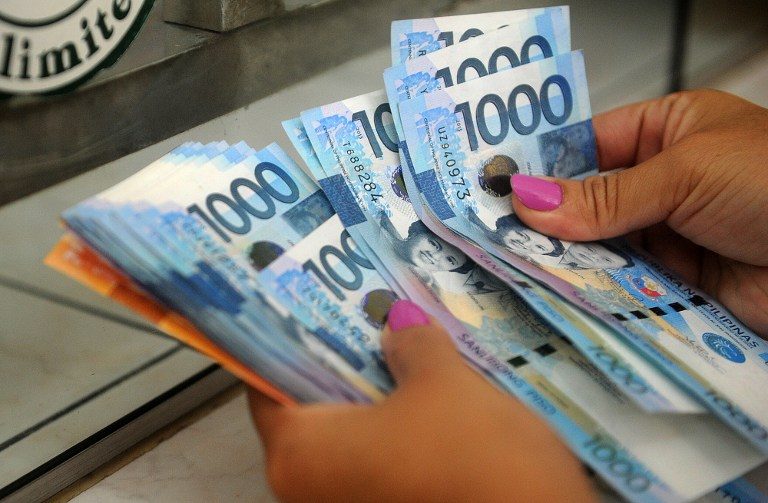SUMMARY
This is AI generated summarization, which may have errors. For context, always refer to the full article.

MANILA, Philippines – The Philippine peso continued its losing streak for the fourth trading day of the week, closing at P53.8 to $1 on Thursday, September 6.
This is the lowest level of the peso since December 2005.
It opened strong at P52.525 from the P53.55 level of Wednesday, September 5, but lost steam throughout the day.
At some point in the early morning trading, the peso hit the P54 level.
The peso was also the biggest loser in the region. (READ: Should we worry about the Philippine peso?)
Inflation in August had soared to 6.4%. (IN CHARTS: This is how bad August 2018 inflation looks like in regions)
The Bangko Sentral ng Pilipinas (BSP) was active in the foreign exchange market to smoothen the volatility.
“There was still some intervention observed from the BSP,” Land Bank of the Philippines market economist Guian Dumalagan said.
Volume remained heavy at $911.5 million, but was much lower than Wednesday’s $1.38 billion.
Dumalagan said the currency’s weakness was due to a combination of external and domestic shocks amid surging inflation. The trade issues of the United States, China, and Canada lingered and affected the Philippine peso as well.
Meanwhile, BSP Deputy Governor Diwa Guinigundo said the weakness could be attributed to the country’s growing economy.
“The economy continues to expand and you have all of those additional demand for foreign exchange,” he said.
Guinigundo added that the peso was trading at weaker rates or around P56 to $1 in 2005 and 2006.
“Is this something that we should be worried about? It should concern us, but this is part of the essence of a flexible exchange rate. The exchange rate is flexible to accommodate these shocks in the system, including from the domestic economy,” he said.
Guinigundo gave an assurance that the country has enough foreign exchange buffers to support the peso’s stability.
Fitch Group’s analytics arm BMI Research previously said the peso will not get any love and is expected to slide further to P54 to $1 by year-end.
Economic managers earlier said the weak peso is good for the economy. However, the country’s exports still failed to gain traction, which resulted in a wider trade gap. – Rappler.com
Add a comment
How does this make you feel?
There are no comments yet. Add your comment to start the conversation.